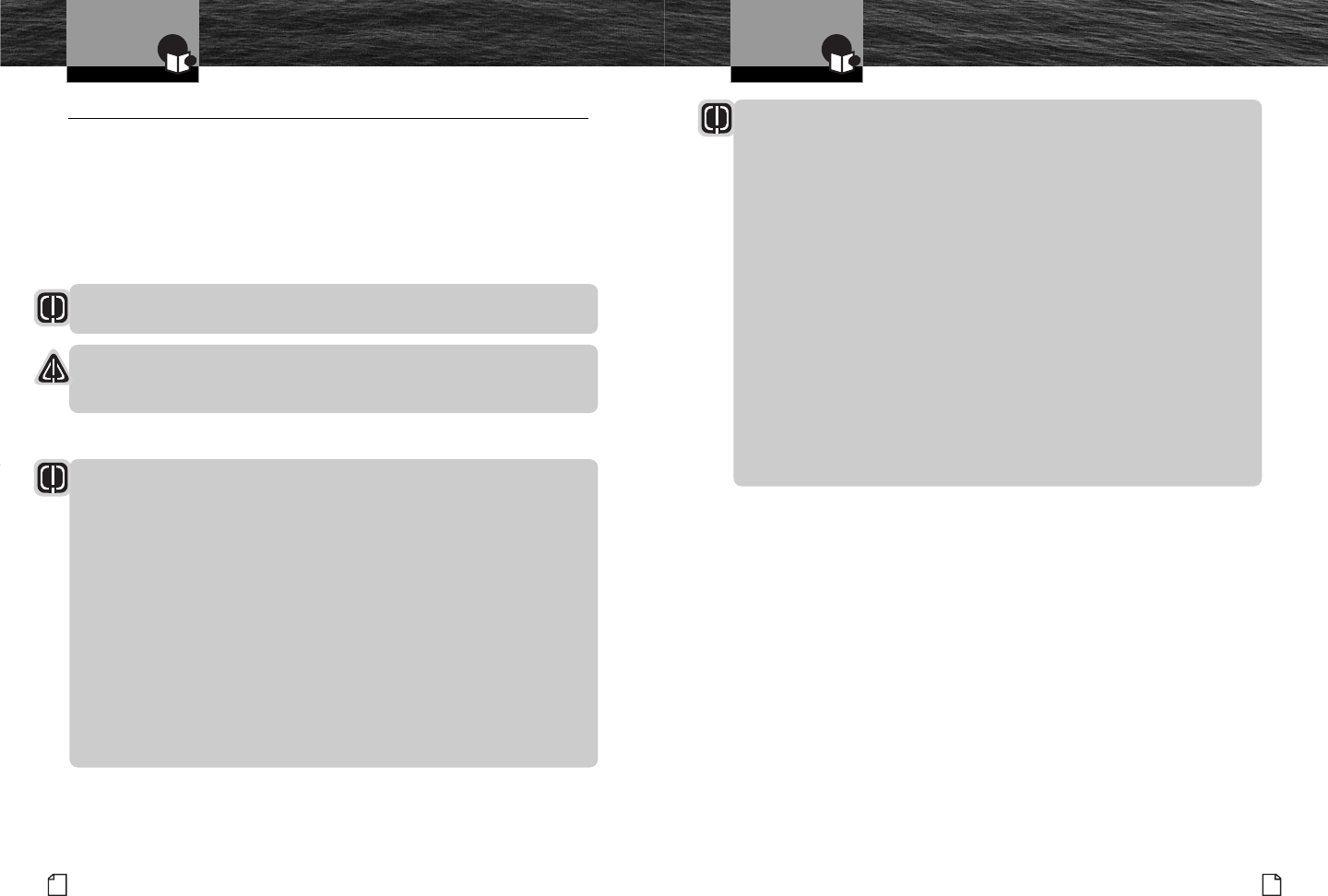
Introduction
3
Nothing comes close to a Cobra
®
2
English
Important Safety Information
Introduction
Important Safety Information
CAUTIONS
Your radio is splashproof only when the batteries are properly installed.
AVOID using or storing the radio at temperatures below -4˚F (-20˚C)
or above 140˚F (60˚C).
KEEP your radio at least three (3) feet (0.9 m) away from your
vessel’s magnetic navigation compass.
DO NOT attempt to service any internal parts yourself. Have any
necessary service performed by a qualified technician.
Changes or modifications to your radio MAY VOID its compliance
with FCC rules and make it illegal to use.
This radio is supplied with four (4) NiCD (Nickel-Cadmium)
rechargeable batteries.
■
Use only the Cobra
®
charger to recharge NiCD batteries in the radio.
■
Do not short circuit the batteries.
■
When replacing the batteries, dispose of the old batteries
properly. NiCD batteries may explode if disposed of in a fire.
Important Safety Information
•
Before assembling and using your CobraMarine
™
VHF radio,
please read these general precautions and warnings.
Warning And Caution Statements
To make the most of this radio, it must be assembled and used properly.
Please read the assembly and operating instructions carefully before assembling
and using it. Special attention must be paid to the WARNING and CAUTION
statements in this manual.
WARNING
Statements identify conditions that could result in personal injury or loss of life.
CAUTION
Statements identify conditions that could cause damage to the radio
or other equipment.
General Precautions
WARNINGS
Your radio generates electromagnetic RF (radio frequency) energy when it is
transmitting. To ensure that you and those around you are not exposed to
excessive amounts of that energy:
ALWAYS hold the radio at least two (2) inches [Five (5) cm] away from
you when you are transmitting.
NEVER allow the antenna to touch any part of your body when transmitting.
KEEP the radio at least as far from bystanders as from yourself.
DO NOT transmit more than 50% of the time the radio is in use.
DO NOT operate the radio in an explosive atmosphere, near blasting sites,
or in any area where signs are posted prohibiting radio transmissions.
DO NOT allow children or anyone unfamiliar with proper procedures
to operate the radio without supervision.
100VP-Eng 12/3/03 5:37 PM Page 2


















